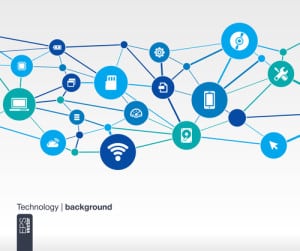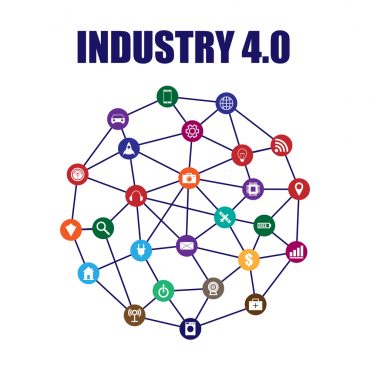
A new report from Pivotal Commware provides contrasts holographic beam forming versus MIMO for meeting wireless data needs.
A new report for Pivotal Commware CTO Eric J. Black lays out the differences between two leading beamforming technologies designed to meet growing capacity requirements for the 4G and 5G networks used by the IoT.
See also: Is IoT driving end-user interest in 5G?
The report, “Holographic Beamforming and MIMO,” compares and contrasts the benefits of electronic beamforming for 4G and 5G networks and multiple-input and multiple-output (MIMO) to Holographic Beam Forming (HBF). Both technologies use Space Division Multiple Access.
“The wireless world is feverishly working to open a new degree of freedom – space – to meet the explosive growth in network capacity and performance,” said Black. “4G LTE is nearly at the theoretical limits of wireless resource utilization, while 5G will need advancements such as beamforming to meet its full potential. Beamforming technologies will be critical to both.”
Black says that beamforming combines with beamsteering to:
- Accelerate small cell deployments by reducing installation and alignment expenses and overcoming aesthetic objections by blending antennas into building facades or around light poles
- Introduce real self-organizing networks (SON) and alleviate the need for truck rolls
- Provide personal cell coverage for 5G
He adds that those benefits are not likely to happen in the commercial market unless an architecture with low cost, size, weight, and power is used, and says that HBF using software defined antennas is a viable option to achieve it.
The white paper is available for download at https://pivotalcommware.com/technology/






























